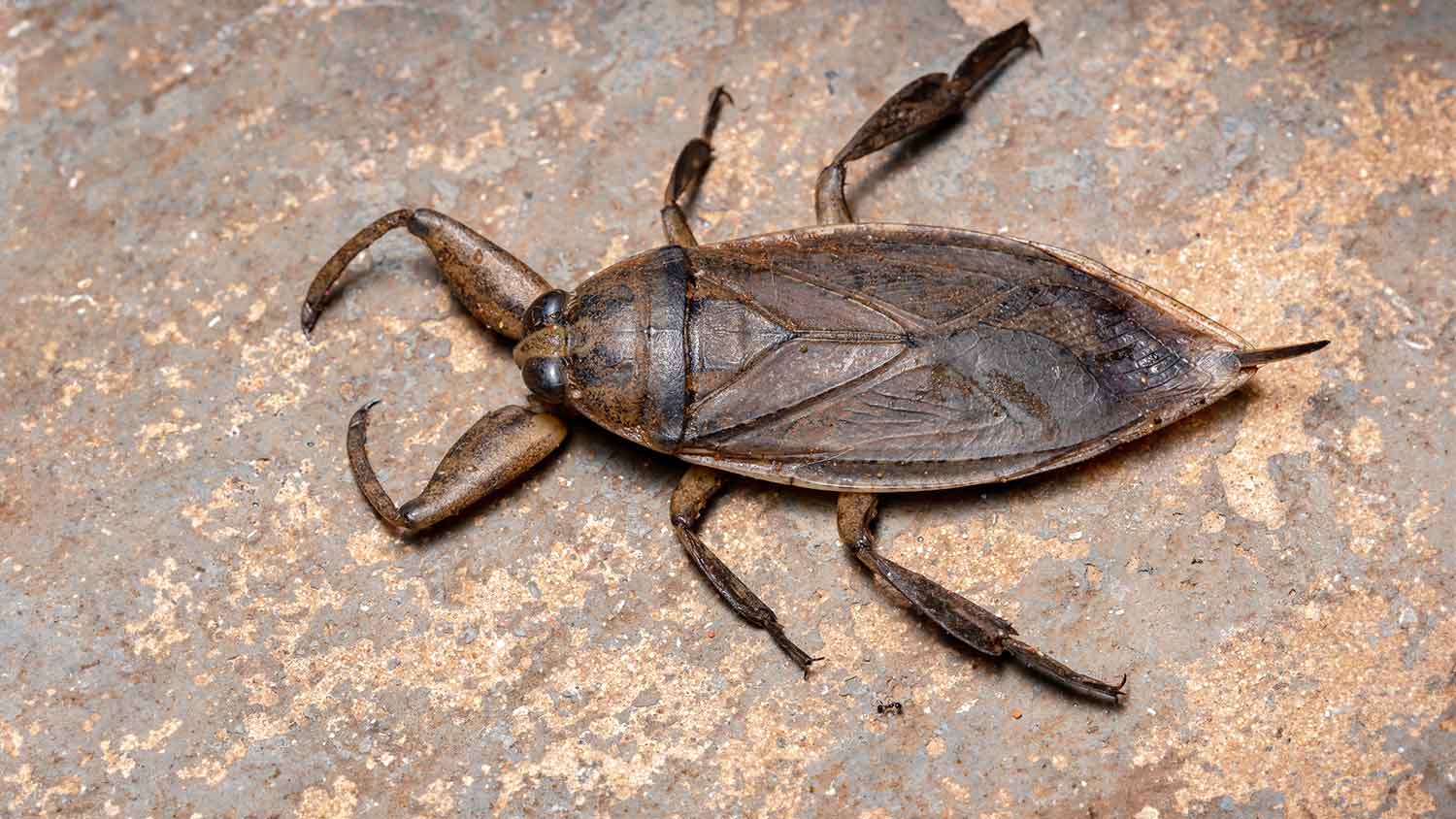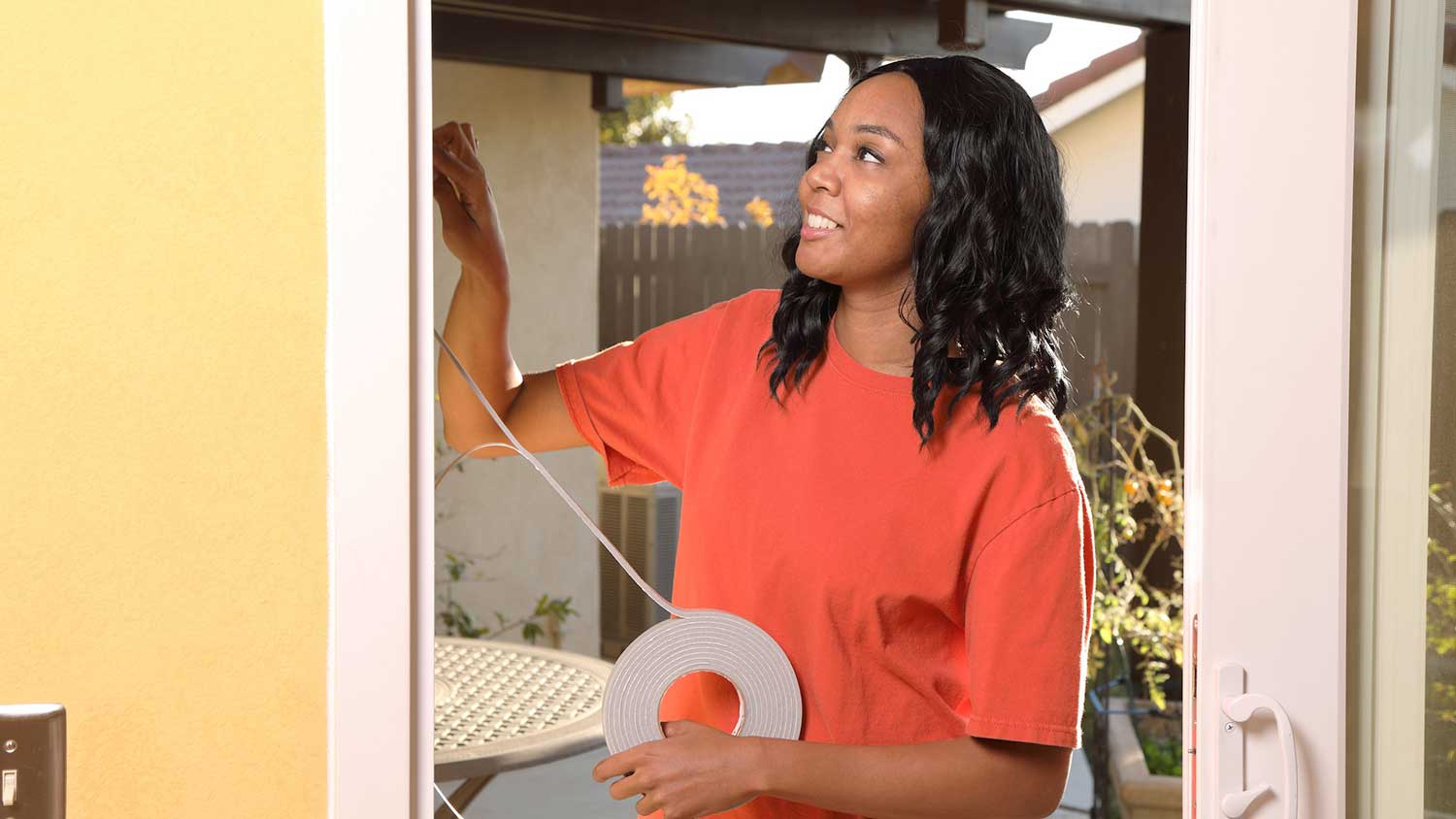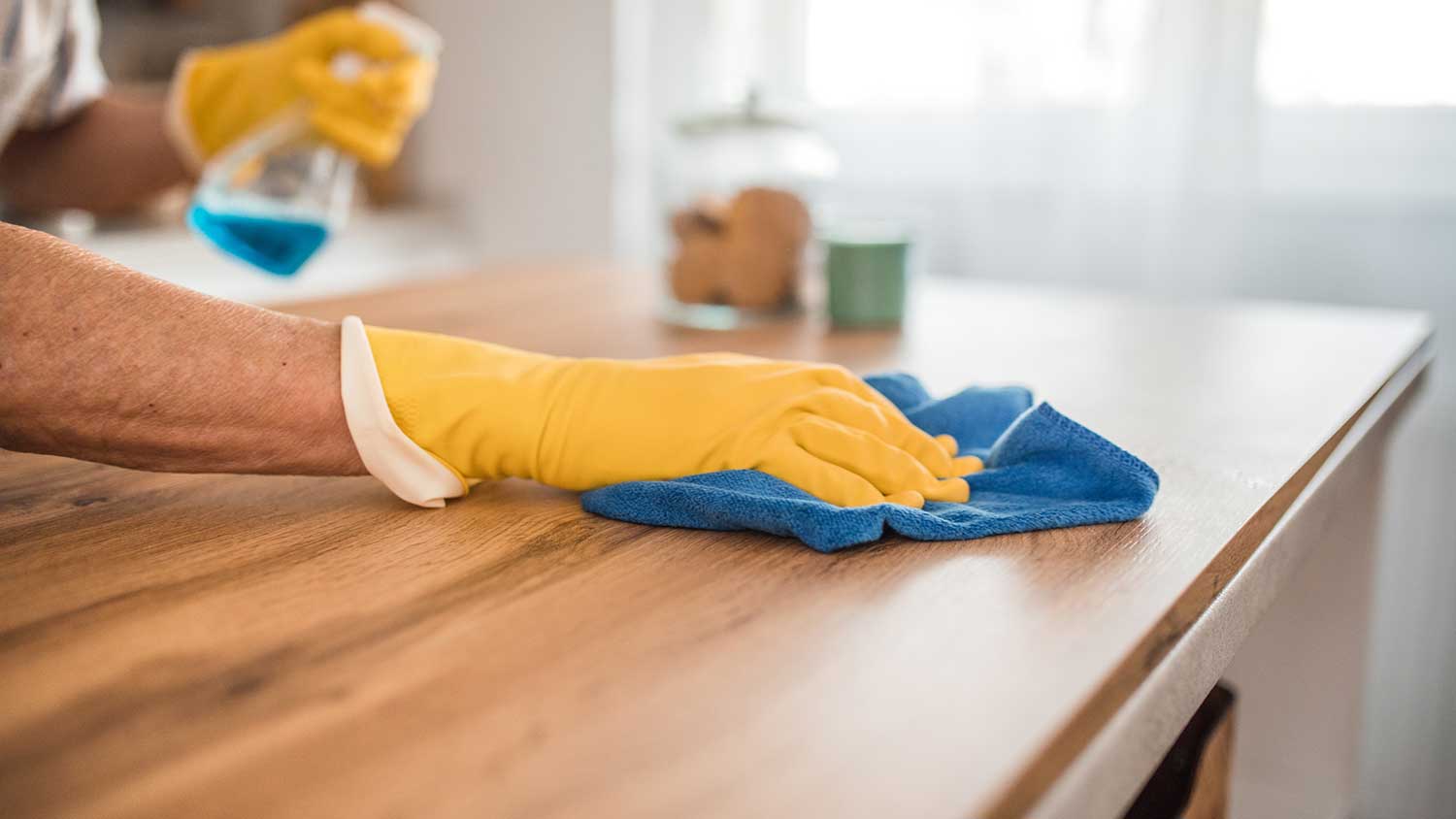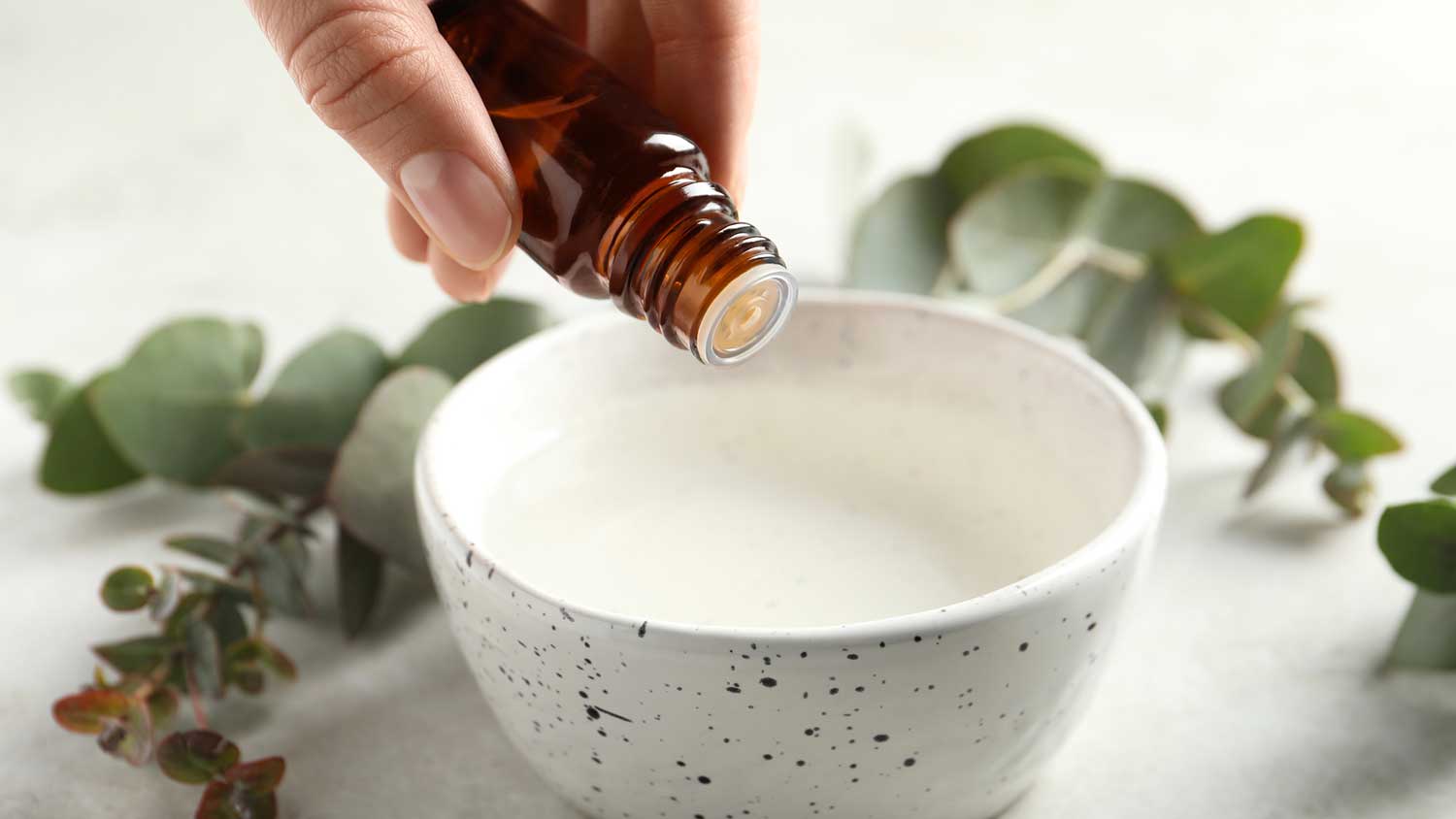
Whether you have bugs, bats, or rodents invading your home, you’ll want to contact an exterminator quickly. Find out how much pest control costs in Columbus, OH.
Water bugs be gone!


Natural repellents and DIY sprays can discourage water bugs, but if you already have an infestation, it’s best to call a pro.
A professional exterminator can eliminate hidden nests or colonies in walls or plumbing.
A pro can provide preventative and exclusion services to keep the bugs from returning.
When you spot a water bug in your home, you might arm yourself with a shoe (or the nearest object) and go to battle. But, the best way to ward off an infestation is to learn how to prevent water bugs from entering your home. The good news is there are several preventative strategies to try. Let’s dive into six helpful strategies to prevent water bugs from coming inside.

Before you can pinpoint why water bugs are entering your home (and how to keep them out), make sure you’re dealing with a water bug. The true water bug is often mistaken for the oriental cockroach. To the untrained eye, both insects are similar in appearance and are attracted to moist places with water and food.
Water bugs, however, have many differences from oriental cockroaches. You can identify this aquatic bug by its brown, flat, oval-shaped body. They have pincer-like front legs and oar-like back legs. Water bugs do not have antennae and are much larger than cockroaches at 2 to 4 inches long.
If you’re dealing with a water bug infestation, there will be noticeable signs of their presence in your home. You may notice:
Droppings or egg casings: Water bugs leave behind tiny black droppings that are slightly larger than cockroach droppings. You may also see egg casings, which are also very small in size.
Standing water: Water bugs are aquatic insects that live in fresh bodies of water. For this reason, water bugs are attracted to leaky pipes or other standing water in your home.
Water bug sightings: Of course, if you see one or more water bugs in your home, this is a strong indicator of an infestation.
Unpleasant odor: If you have an infestation on your hands, you may notice an unpleasant odor since that is commonly described as “musty,” “oily,” and “slightly sweet.”
Luckily, there are ways to bug-proof your property and make it unappealing to these amphibious creatures. Consider five ways to keep water bugs out of your home.

Water bugs can enter through small cracks and gaps in your home’s foundation, siding, and even pipes and utility lines. They may also crawl under doors, through open windows, or vents and air ducts. The easiest solution is to seal all exterior and interior entry points. You can add weatherstripping around your door, protective mesh over vents, and caulk to small holes and gaps.
True to its name, the water bug loves the water and thrives in aquatic environments. By correcting issues with unwanted water sources, you’ll be making your home less inviting to water bugs.
Inspect your home for faucet leaks, leaky pipes, standing water, and areas that are prone to excess humidity. This may sound overwhelming, but the fix can be as simple as turning up your AC, regularly draining sinks, or buying a dehumidifier.

In addition to water, water bugs are attracted to food sources in your home. They’ll munch on crumbs left on the kitchen counter or open food packaging in pantries. So, after each meal, make sure to wash your dishes and put them away immediately. Regularly wipe counters, sweep and mop hardwood floors, and vacuum carpets. Keeping your home tidy can naturally help to eliminate food sources.
Arming the perimeters of your home with chemical treatments is an effective way to keep water bugs out. Common types include gels, traps, and sprays. Each type can work in tandem to address problem areas and boost the level of defense.
As a caution, chemical treatments can be hazardous to humans (especially small ones) and pets. Before using any chemical treatment, read the ingredients carefully and apply it according to the manufacturer’s instructions. Consider hiring a pest control professional to apply chemical treatments for major water bug infestations.

Chemical treatments aren’t the only way to repel pesky water bugs. You can also make your own natural repellents. Boric acid powder, a vinegar and baking soda solution, and diatomaceous earth are popular natural remedies.
Water bugs are also repelled by strong natural scents like peppermint, eucalyptus, tea tree, lavender, and citrus. Spritzing your home with a mixture of water and pungent essential oils just might do the trick at keeping water bugs away.
Along with preparing the inside of your home, you should consider exterior factors that may be helping water bugs climb inside. Be sure to keep plants and shrubs on your property trimmed and well-maintained. In addition, keep your outdoor trash cans far away from the home, making sure they’re clean in between trash cycles. You should also consider removing excess mulch, branches, or leaf piles to remove their hiding spots.
If you see a single water bug or two, using DIY prevention strategies could eliminate the presence of water bugs without hiring professional help. However, if you’re dealing with a severe water bug or cockroach infestation, it’s always best to hire a local exterminator.
While expert pest control costs anywhere from $50 to $500, your peace of mind is priceless. Professional exterminators have vast knowledge on a variety of household pests and are highly skilled at treating the most severe of infestations.
From average costs to expert advice, get all the answers you need to get your job done.

Whether you have bugs, bats, or rodents invading your home, you’ll want to contact an exterminator quickly. Find out how much pest control costs in Columbus, OH.

The invasive spotted lanternfly makes a mess and causes serious damage to the environment. So, how much does spotted lanternfly treatment cost?

How much does a gnat exterminator cost? The answer depends on the method of treatment and the level of infestation. Find out what plays into your budget.

Bats love to roost in your attic, walls, and throughout your property. Here are some tips on safely and humanely removing them from your home.

Fruit flies and fungus gnats can appear similar but require different removal approaches. Learn the main differences between gnats vs. fruit flies.

Roof rats can damage your home and potentially spread diseases and bacteria. Learn how to get rid of roof rats and keep them from coming back.